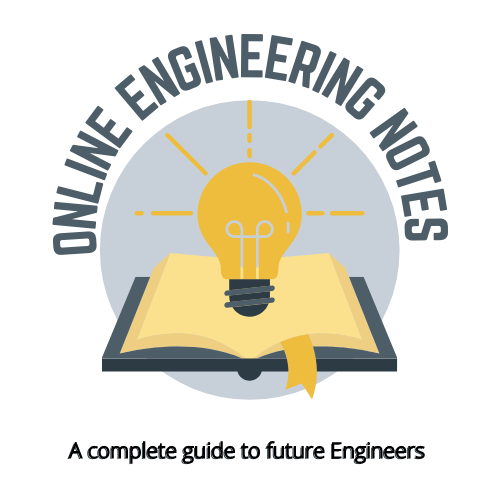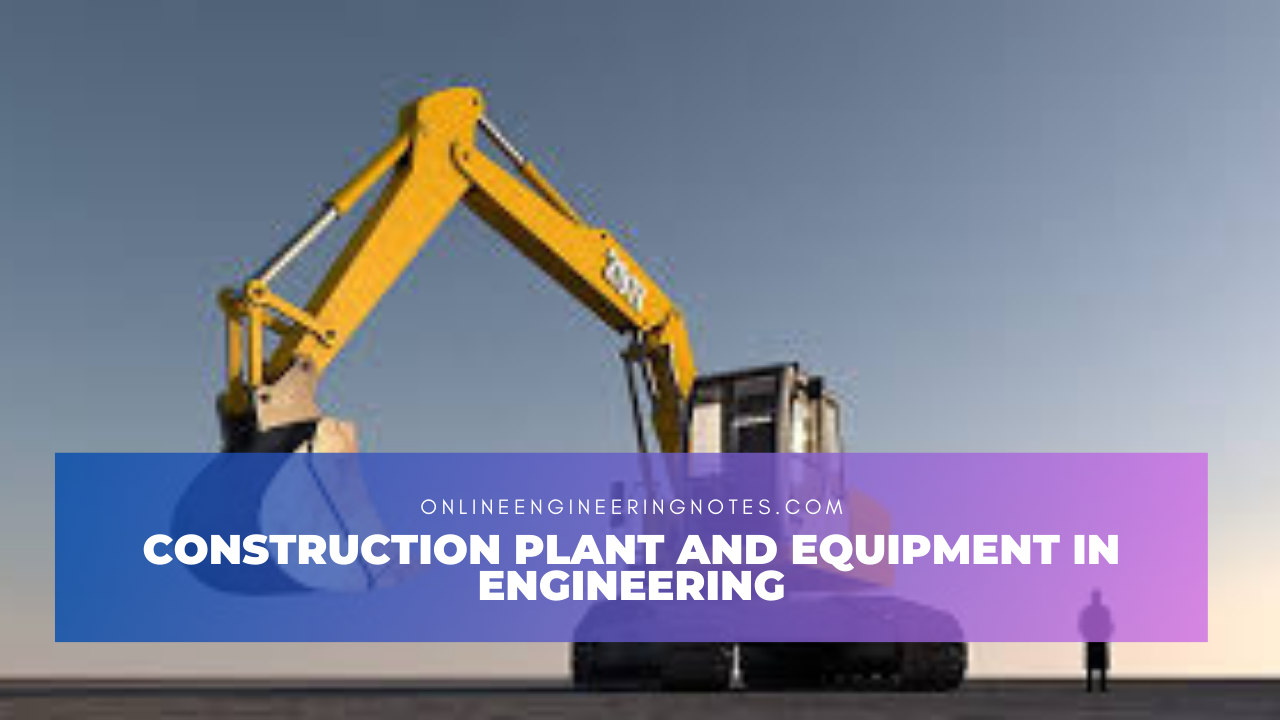1.1 Introduction to construction tools, machines, plants and equipment
- Construction Tools:
Small hand-held devices used to perform specific tasks (e.g., hammer, trowel, spade). - Construction Machines:
Powered devices that perform large-scale tasks efficiently (e.g., excavator, bulldozer). - Construction Plants:
Permanent or semi-permanent setups used for production (e.g., concrete batching plant, asphalt plant). - Construction Equipment:
A broad term covering both tools and machines used for construction works. - Purpose:
To improve work speed, accuracy, and safety in construction projects. - Benefits:
Reduces labor effort, increases productivity, and ensures quality.
1.2 Advantage of using construction equipment
- Equipment speed up tasks, saving time and effort.
- Wastage of material is less.
- Reduce manual labor and risk of injuries.
- Delivers high quality results.
- Reduce project duration.
- Large and complex work can be carried easily.
- Reduce labor cost.
1.3 Equipment for excavation, transportation and compaction
Equipment for excavation:
1. Dozer
- Used to move earth and debris.
- Equipment with large front blade for levelling and clearing.
2. Excavator
- Digs, lift and move soil and material.
- Use a bucket attached to a hydraulic arm to do task.
3. Scrappers
- Use to more or removal gravel.
4. Grader
- Loads material like soil, gravel and sand into tracks.
- Equipment with a front bucket for efficient loading.
5. Dragline
- Heavy duty excavator used in deep excavation.
- Utilizes a dragline for digging and hauling.
Equipment for Transportation:
1. Trucks
- Used for transporting construction material.
- Haul material and goods on road.
2. Mini Dumper
- Small vehicle for carrying loads on construction site.
- Suitable for moving materials in confined space.
3. Rail wagons
- Transport goods and material on railway track.
- Efficient for bulk movement over longer distance.
4. Belt conveyor
- Moves material continuously on a belt.
- Used for transporting material within a facility.
5. Ropeway
- Aerial transportation system using cable.
- Transport material across challenging terrain.
Equipment for Compaction:
1. Smooth wheel roller
- Make surface smooth and solid.
- Good for road pavement.
2. Sheep footed roller
- Stamp soil with feet for compactness.
- Works on sticky soil.
3. Vibrating roller
- Shakes to press soil and asphalt.
- Best for sand and asphalt.
4. Pneumatic tired roller
- Compressor with rubber tyre.
- Great for different soil.
5. Rammer
- Hand tool for pressing soil in small areas.
- Useful in tight space.
1.4 Aggregate handling equipment
1. Crushing plants
- A facility that breaks down large rocks into smaller sizes.
- Involves various machine like jaw crusher, cone crusher and impact crusher.
2. Screening plants
- Used to separate different sized material.
- Includes revolving screens and vibrating screens.
1.5 Concrete batching, mixing and compacting equipment
Equipment for concrete batching:
- Manual
- Semi-automatic
- Fully-automatic
Equipment for concrete mixing:
- Tilting type mixer: Suitable for small to medium batches.
- Pan mixer: Suitable for small batches.
- Non-tilting type mixer: Used in large batches.
- Transit mixer: Vehicle transport ready-mixed concrete.
Equipment for concrete compaction:
- Internal vibrator: Remove air bubbles from wet concrete.
- Plate vibrator: Compress soil and concrete.
- Vibrating screen: Separates aggregate in concrete.
- Form vibrator: Ensure even concrete distribution in formwork.
- Concrete roller: Compacts and finish concrete surface.
1.6 Pile foundation construction equipment
- Pile driver: Drives pile into the ground using impact or vibration.
- Drilling rigs: Creates boreholes.
- Auger: Removes soil during drilling for piles.
- Pile extractor: Remove piles from ground.
- Pile load tester: Tests load bearing capacity of piles.
1.7 Equipment for construction of caisson foundation
- Caisson rig: Drilling equipment used for creating caissons.
- Caisson grab: Used to remove soil.
- Caisson pump: Transfer concrete in caisson holes.
- Dewatering pump: Removes water.
- Caisson vibration: Ensure proper compaction.
1.8 Criteria for selection of equipment
- Purpose
- Capacity
- Efficiency
- Cost
- Availability
- Safety
- Operator skill
- Environmental impact
- Maintenance
- Compatibility
1.9 Equipment for lifting of materials and parts
- Crane: Lifts heavy materials and equipment.
- Hoist: Loads vertically using a pulley system.
- Forklift: Lift and moves material on pallets.
- Aerial lift: Lift workers and material up.
- Chain-block: Hand-operated device for lifting heavy load.
2.0 Tunneling Equipment
1. Tunnel boring machine (TBM): Excavates tunnel by drilling and removing soil.
2. Rock drills: Break through hard rock.
3. Ventilation system: Provides fresh air.
2.1 Equipment for hydraulic construction
- Excavator: Dig trench and channel.
- Dredger: Removes sediment.
- Hydraulic hammer: Breaks rock and concrete.
- Water pump: Manage water levels.
- Hydraulic crane: Lifts heavy material.
2.2 Equipment for highway pavement construction
- Paver: Spread asphalt and concrete.
- Roller: Compacts layer.
- Grader: Level the road bed.
- Asphalt distributor: Spray asphalt evenly.
- Road sweeper: Clean debris from road.
Reference:
• Harold Kerzner (2017). Project Management: A Systems Approach to Planning, Scheduling, and Controlling.
• PMI (2021). A Guide to the Project Management Body of Knowledge (PMBOK® Guide) – 7th Edition.
• Nebosh, Nepal Engineering Council Syllabus (2024). Engineering Professional Practice Notes.
• Civil Engineering Standard Method of Measurement (CESMM).
• Personal Class Notes & Presentations from Nepalese Engineering Institutions.

